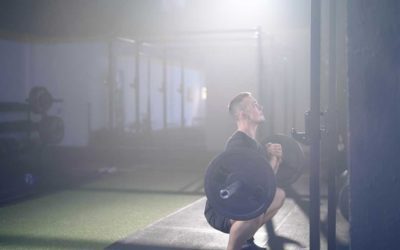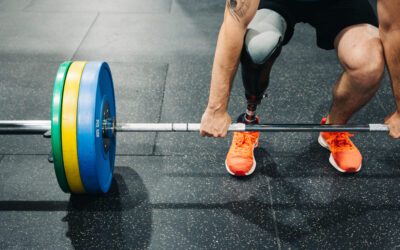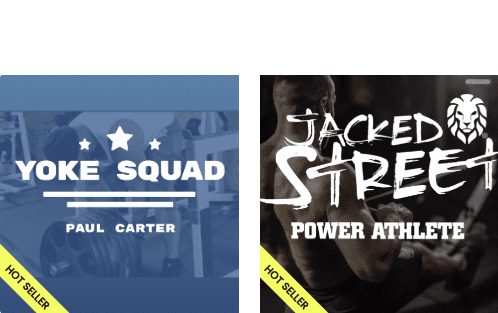Take Pride in Your Body With Coach Liz Bristow
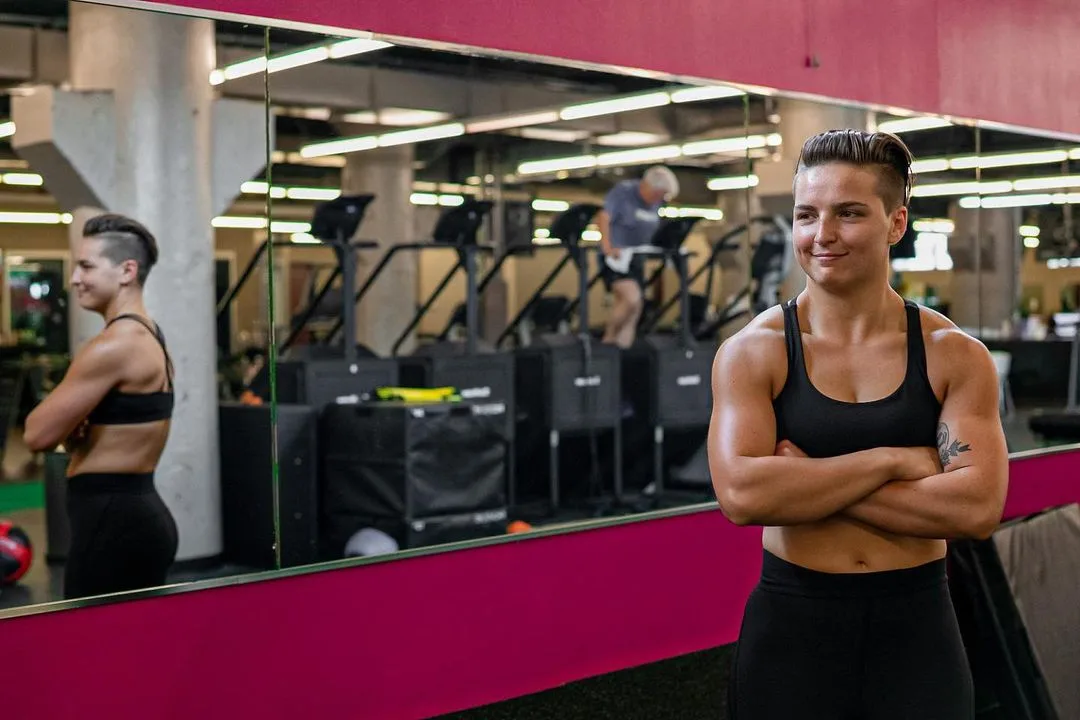
Body by Daddy supports the LGBTQ+ family by encouraging the idea that exercise shapes your body to better fit the image you have of yourself.
Liz Bristow’s programming comes with over a decade of experience training queer folx and managing their fitness. She uses exercise science to create special routines for trans-femme and trans-masc who want a strong, healthy body that fits their ideal. She knows that when her clients succeed, so does she.
lily frei

Change the Way You Train
Lizzy Bristow Talks Training the LGBTQ+ Fam
With program names like From Saddie to Baddie and The Future is Female, Lizzy Bristow walks the walk in the LGBTQ+ fitness space. The nickname “Daddy” came from one of her first personal training clients who had her in his phone under “Daddy” even though she’s only 5’3. But with a posterior chain that looks like she could stop a truck, we wouldn’t disagree.
For over a decade, Lizzy has worked with people spanning the spectrum of fitness levels – professional athletes to soccer moms – and people spanning the spectrum of gender identity and sexuality – femmes, bois, bears, and everything in between. After working with so many gay clients, she saw the need for some uniquely pride-focused fitness programming that took into account the huge array of mental and physical challenges for queer and trans folks.
Body by Daddy helps support members of the LGBTQ+ family by encouraging the idea that exercise will shape your body to better fit the image you have of yourself. And by aligning a healthy body and mind, you can live as the most authentic expression of you.
I was stoked to chat with Lizzy and learn more about what it’s like to coach for the special unicorn population of gays, theys, and queer queens and kings.

Tell us about BBD – how did you land on coaching LGBTQ+ clients?
Well, I grew up very chubby – girls made fun of me for that, so I got my own trainer when I was in college and he actually suggested I get certified as a trainer myself since I really took to it. I got my CSCS (Certified Strength and Conditioning Specialist) cert when I was 19 and worked at a gym in Chicago where I started teaching classes like circuit training and water aerobics. The old ladies loved me.
This really funny, giant 6’3 gay guy would always come to my classes and one summer I ran into him at Pride. I’d noticed he was in the gym every day and not making a lot of progress, so I offered to train him. I started kicking his ass in the gym and we had great success. It was so funny that he called me Daddy when I’m just like this little lesbian. That was the first inspiration for BBD.
Initially I wanted to write programming for gay guys, you know – from twinks to tops – to help guys get bigger. Then I got into a relationship and my girlfriend at the time transitioned genders. Since I train everyone I date, I was training him and it went really well, so my programming came about as a natural result of that new experience.
Then my name started coming up for trans clients looking to be trained and everything sort of took off from there.
What are some recurring fitness issues or trends you’ve seen through your years of coaching?
The biggest thing with my population is that we feel we’re inherently different because we’re treated differently. So, when something is marketed just for us and comes from someone like family, it feels great. When I see another gay person in the room, I feel comfortable and more like they get me.
It’s important for our population to have an understanding of who we actually are and what that means for our bodies. It’s difficult sometimes for straight folks to get that, so just having that feeling of home, feeling of family… I call them my gay Army and try to bring everyone into the fold to be successful with me, because I’m only successful if they’re successful.
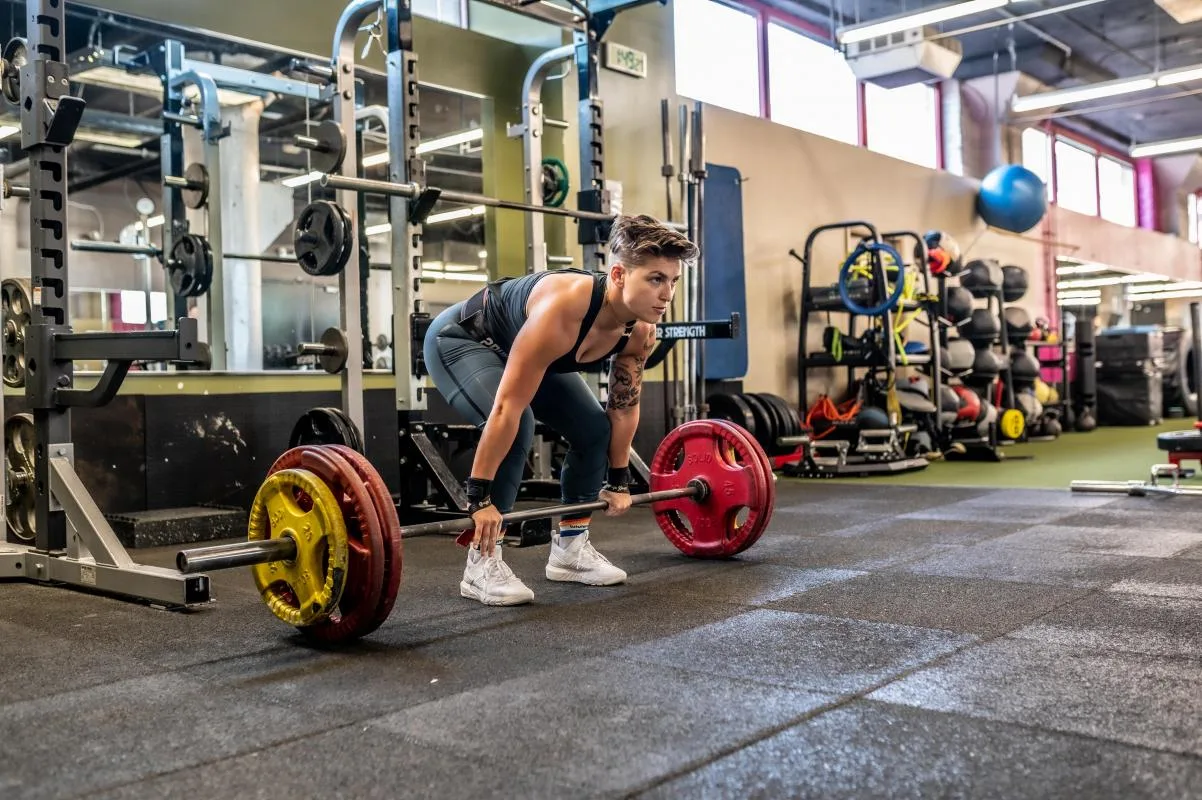
What sets your programming apart from the average cis-het Joe Schmoe personal trainer?
I’ve never had to explain the difference of specializing my training to LGBT people. Gay people get why that would be a great thing for them. It sets us apart to have this understanding between my clients and myself because we’re part of the same community. Straight people are kind of the bigger “norm” so they feel at home pretty much anywhere.
I had a call recently with a new client who was almost in tears. She said she’d worked with a lot of trainers and they didn’t really grasp her goals – female trainers wanted to make her more feminine with light weights, and guy trainers didn’t understand why a woman would want more muscle. And she said her girlfriend kept getting hit on by male trainers – just not the best environment for her.
With virtual or online training when I can’t see or be with my clients, it’s important that they have this identity understanding right away. Any straight person can do my programs, but for the LGBT group it’s more like, oh yes, she gets it, she gets me. The programs I write are also FUN because training should be FUN.

What kinds of movements and workout styles do you focus on for trans folks or people undergoing hormone therapy?
My trans programs are specialized, detailed, specific to a trans person’s desires for their ideal body. Our goal is to avoid body dysmorphia or gender dysphoria by either feminizing a masculine frame or masculinizing a feminine frame.
For trans-femme women, their sets and reps are geared toward slow-twitch muscle fibers to make sure they don’t increase muscle size, but keep their strength with bodyweight exercises. They already have a biologically masculine frame depending on when in their life they transition. So certain exercises could add a masculine look and create dysphoria, and we don’t want that.
I use exercise science to solve the problem of how to make a muscle bigger or smaller, but still strong either way. It’s not a secret, and I think there will be more people like me doing this sort of thing over time. And honestly, that’s good, because I want trans folks to have more resources. When people reach out, I encourage them to do the sample workouts and just talk to me.
Eventually, once I have a lot of experience and data from working with trans people, I want to create a certification for other trainers to take based on best practices for training trans people.
What are some of your favorite things about being a trainer in the gay fitness space?
My clients’ successes are everything. Sometimes I’ll share on my IG stories the love notes I get from clients in the TrainHeroic app. Seeing how exercise can change someone’s life for the better is insanely rewarding.
The teenagers I train are huge. I work with a 17-year-old non-binary trans kid who reached out the other day and said, “My shoulders are getting slimmer. Thank you, Wizard Lady.” Love that nickname. I also had a mom connect with me on TikTok who said, “I’m sitting here with my 13-year-old trans-femme daughter and she’s feeling suicidal this morning. I showed her your programs and your website, and she’s ready to sign up.”
I got the bug for this when I was a very green trainer and one of my first clients lost a hundred pounds in a year. She fell in love with running and I ran her first half-marathon with her, working up to running a full marathon together. She will be forever changed by that. So, my favorite part of this is that I’m in an industry that goes beyond making money and actually focuses on changing lives. It’s so corny, but it’s true.
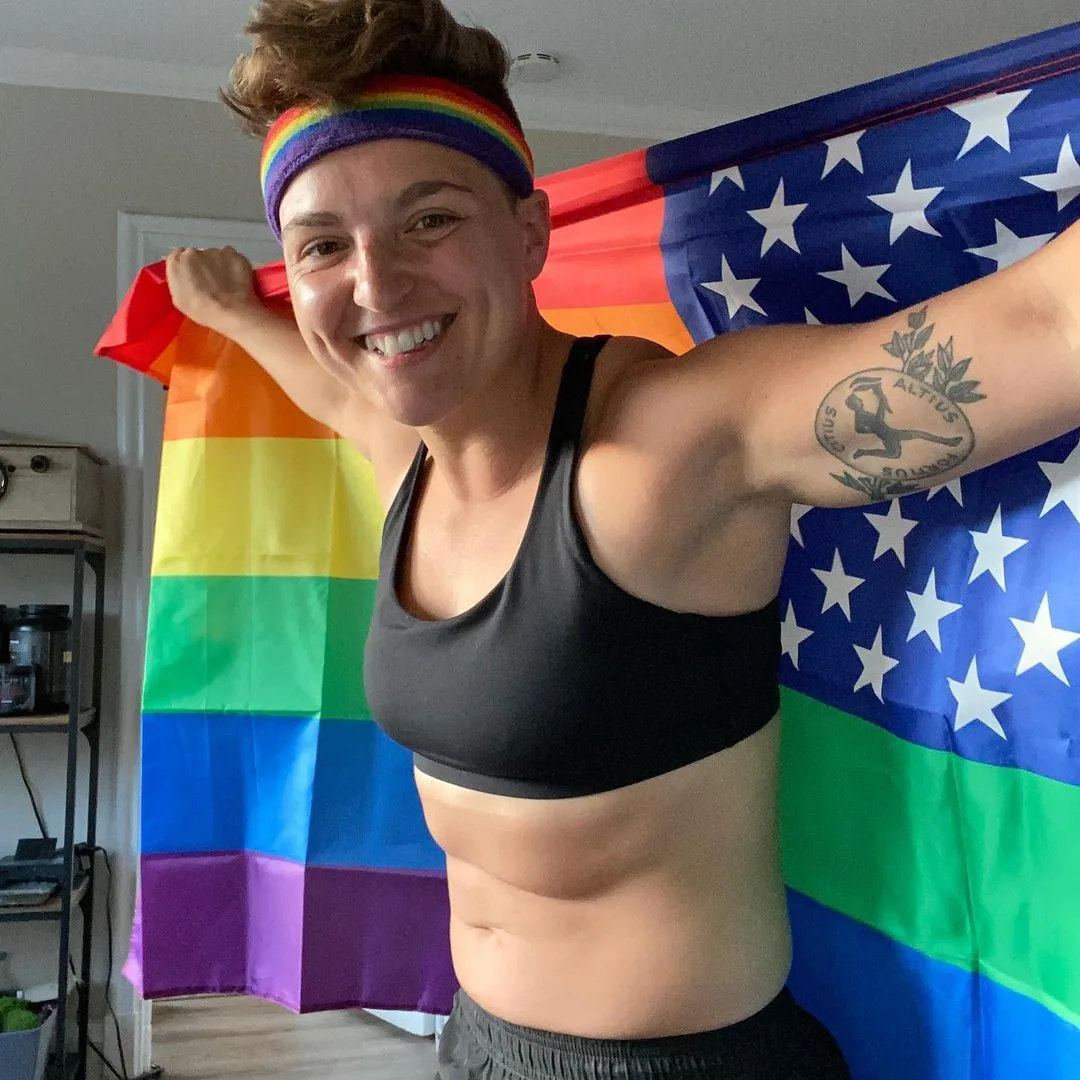
TRAIN WITH THE BBD COMMUNITY
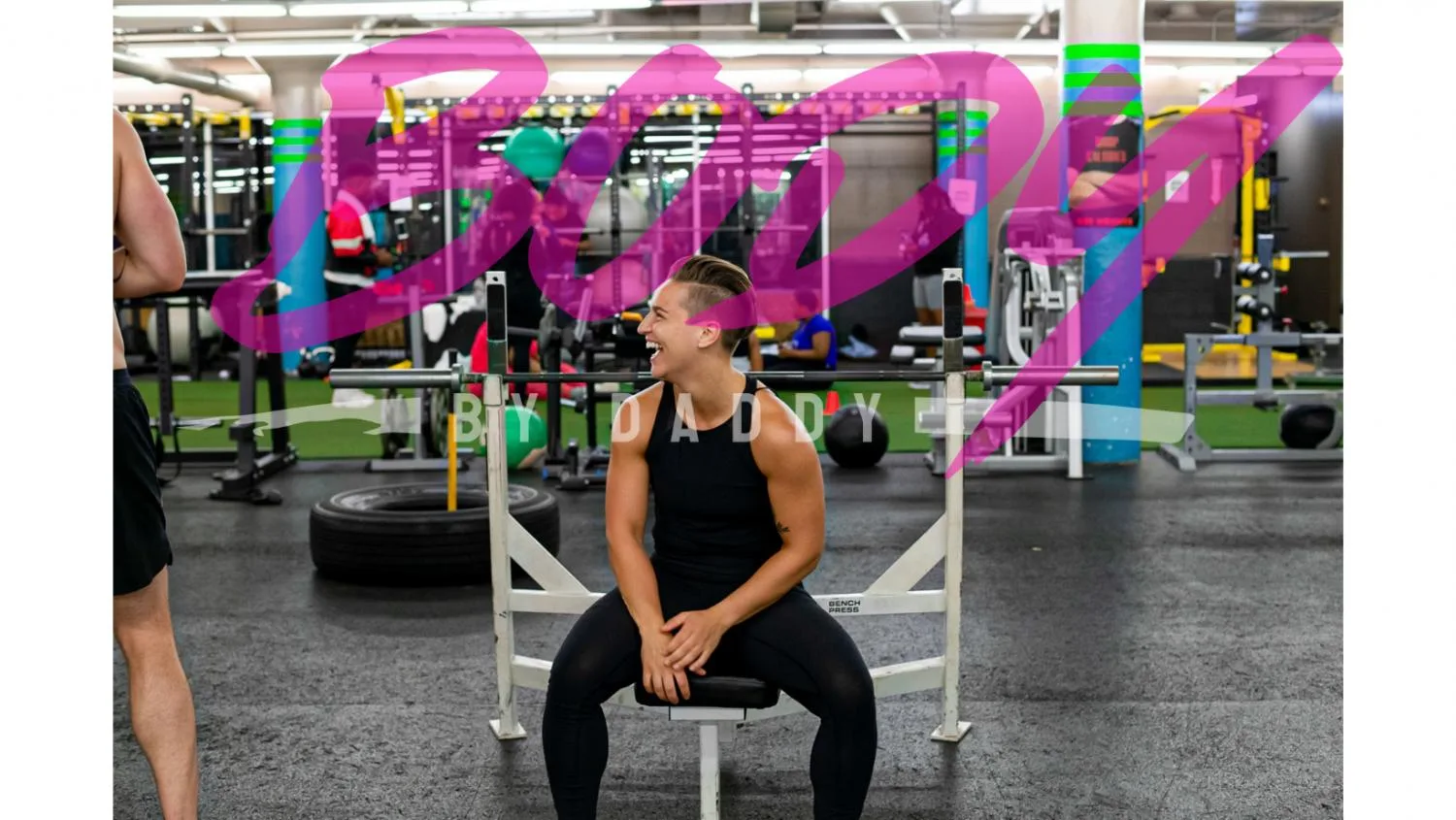
My Lean Machines. My babies that want to go from eating snacks to becoming a SNACK.
If you have access to gym equipment and love strength training with athletic movements this is YOUR TEAM.
Find Your Perfect Training Plan
Sometimes all you need to reach your destination on your fitness journey is an expert guide. We've got you covered. Browse from thousands of programs for any goal and every type of athlete.
Try any programming subscription free for 7 days!
Related articles
How To Zercher Squat: One Exercise To Rule Them All
I have a secret weapon exercise that will get us really close; it has a lot of bang for its buck. It builds massive quads, big glutes, a wide back, and some awesome biceps. Exactly what every athlete needs.
What Does Paralympic Strength Training Look Like?
Paralympians undergo rigorous training when preparing for the Paralympic Games. While the Paralympics only last about two weeks, getting ready takes place all year, as these athletes are among the most dedicated in the world. Here’s how people with disabilities...
Your Guide to Passive Recovery Strategies
What is Passive Recovery? I don’t think that there exists a complete guide for athletes that tackles the underrated topic of “Recovery-Regeneration” strategies. I plan to disclose a majority of the scientific and practical information that I know of on this topic and...

Join the community
Sign up for the latest training news and updates from TrainHeroic
Support
Made with love, sweat, protein isolate and hard work in Denver, CO
© 2023 TrainHeroic, Inc. All rights reserved.

